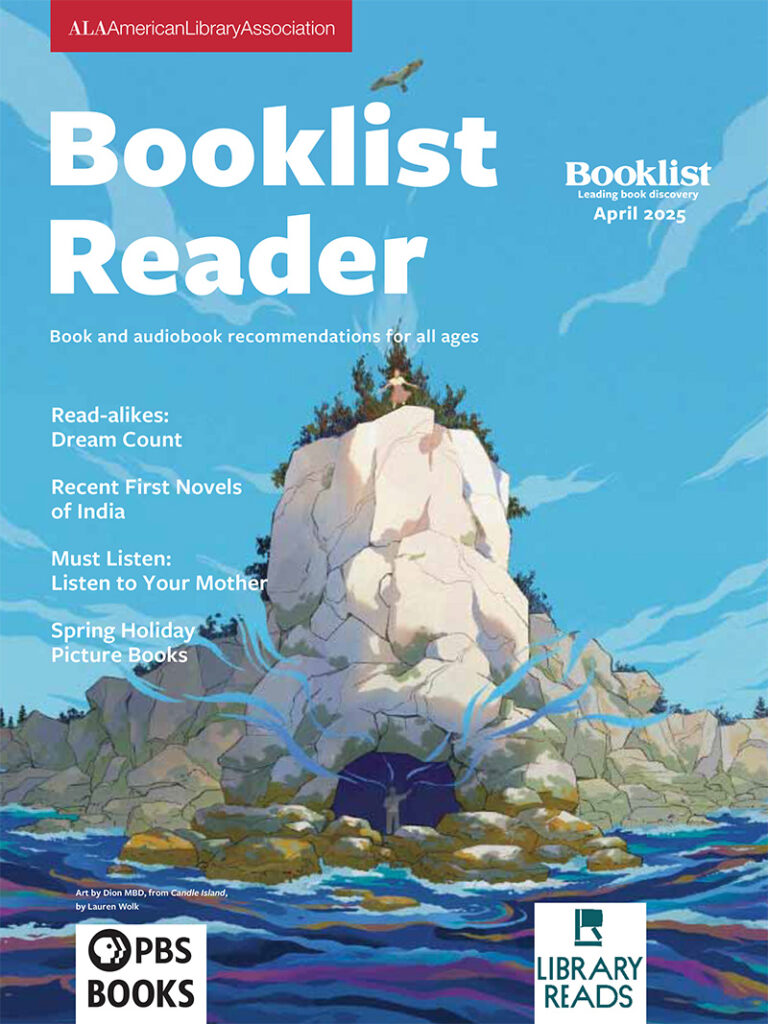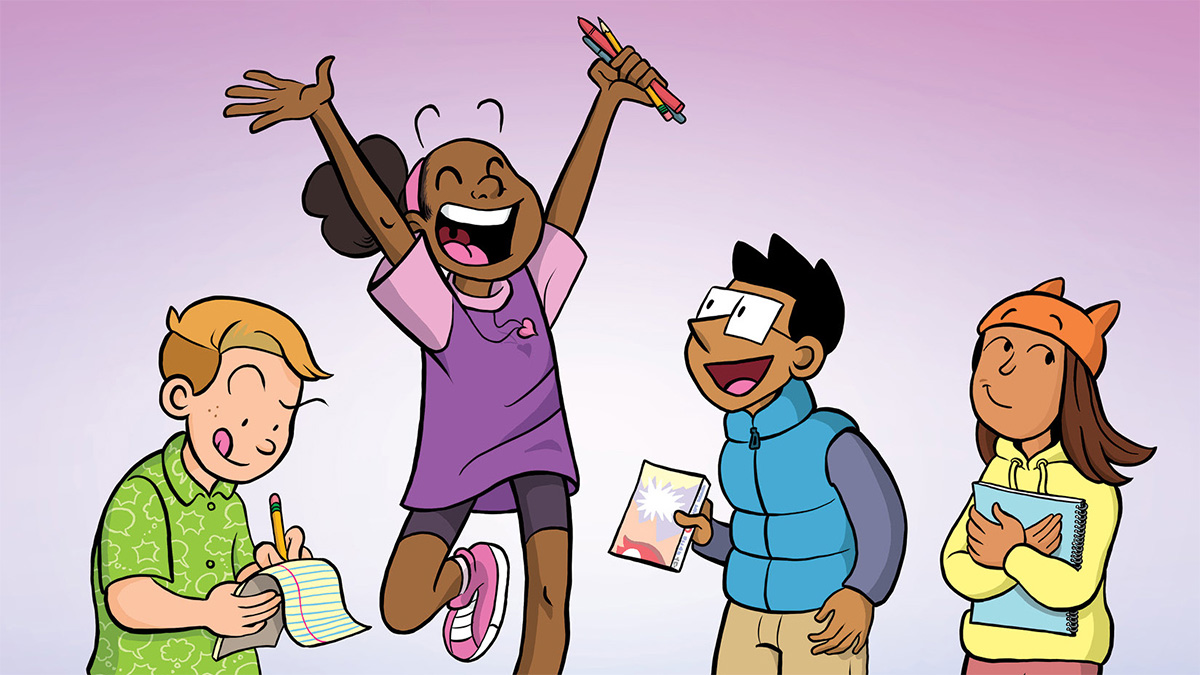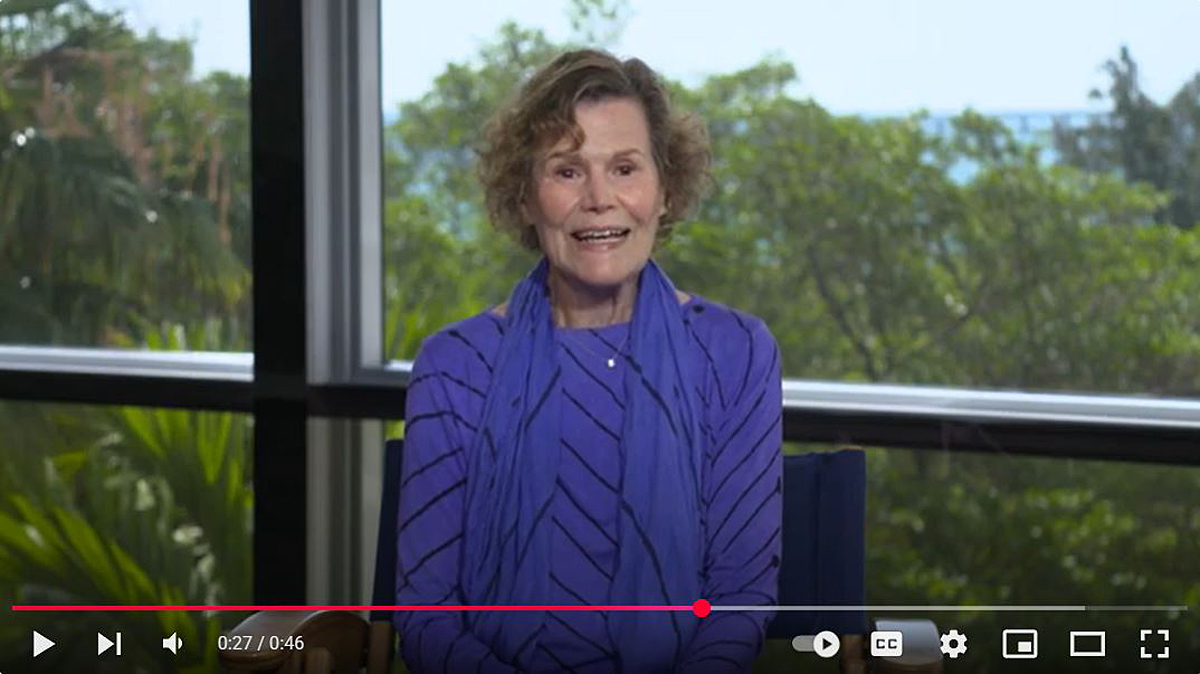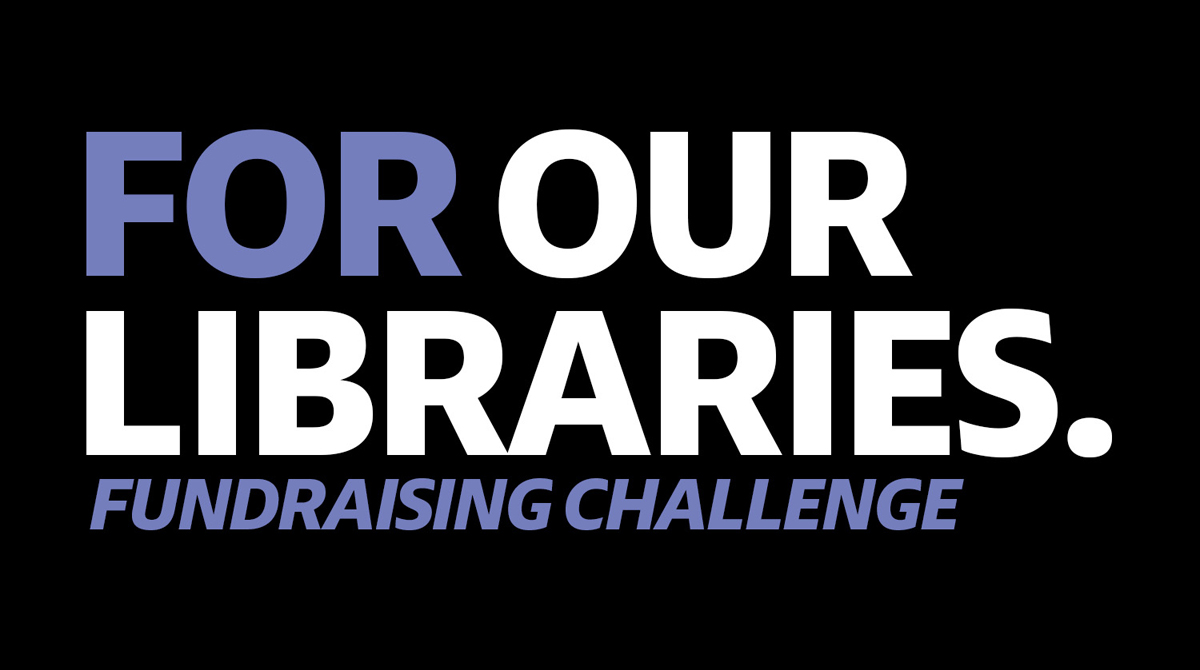Raina Telgemeier is practically a household name when it comes to kids comics, and Scott McCloud wrote one of the foremost books (Understanding Comics) explaining how comics work. Their collaboration on The Cartoonists Club, review adjacent, brings each of their considerable strengths to bear in a seamless story that blends middle-grade antics with concrete lessons about making comics. Readers inspired by the duo’s latest will appreciate these other titles that teach key elements of cartooning and offer stories of kids creating comics together—and sometimes both at the same time.
The Cartoonists Club. By Raina Telgemeier and Scott McCloud. Illus. by the authors. 2025. Scholastic/Graphix. Gr. 3–7.
A collaboration between McCloud, the man who defined the art form of comics with Understanding Comics, and Telgemeier, the woman who redefined the format’s audience and thus the industry itself with Smile (2010), might lead you to expect something overtly startling. Instead, by hewing closely to what made them luminaries to begin with, they have created something warmly comfortable in its presentation, quietly fascinating in its information, deeply accessible in its humanity, and excitingly perfect in its execution. Appropriately, it’s both a primer on what comics are and do and the story of a group of burgeoning cartoonists coming together. The impossibly friendly roundness and profoundly expressive faces of Telgemeier’s characters bring home the story of four kids and their distinct, heartfelt journeys, each actualized through the magic of creating together. McCloud’s perspective-expanding acumen is delivered with total clarity, made hilarious by some fourth-wall-breaking high jinks and made exciting by the creative possibilities it opens for characters and readers. Lots of back matter supports this creative end as well. Remarkably, neither through line distracts from the other, but—like the unity of words and art that makes comics run—the parts become a seamless whole that offers readers more than a single experience. A real showpiece of what happens when two masters find a way to combine their mastery. —Jesse Karp
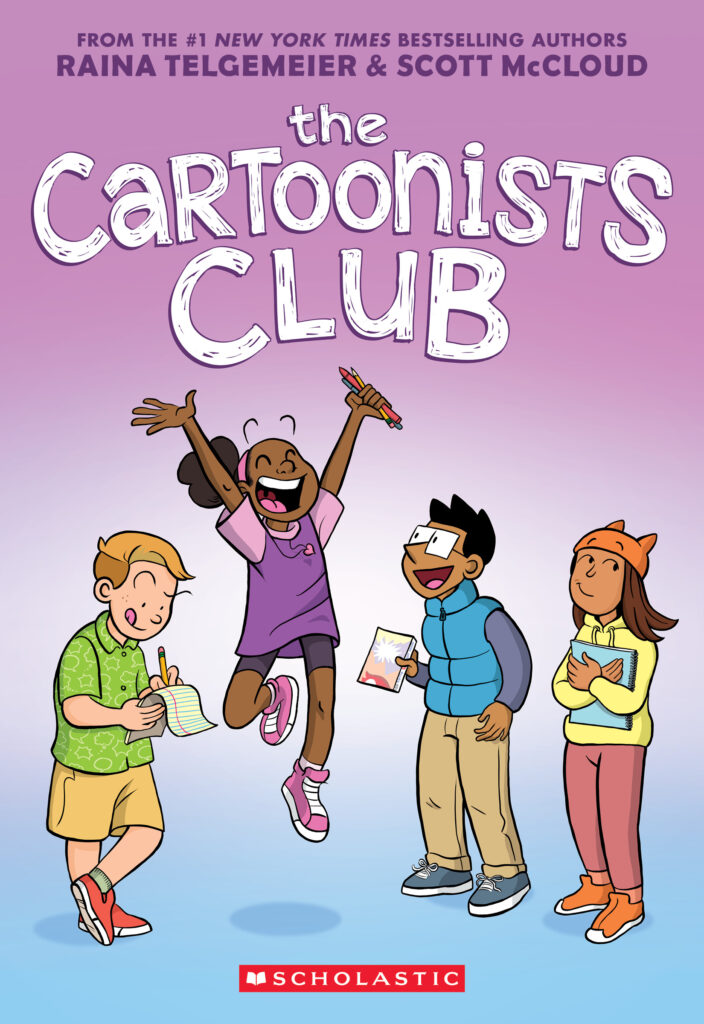
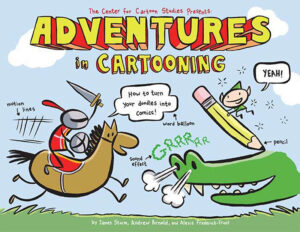
Adventures in Cartooning: How to Turn Your Doodles into Comics.
By James Sturm, Andrew Arnold, and Alexis Frederick-Frost. Art by the authors. 2009. First Second.
K–Gr. 5.
As the first in a series of similar sneakily educational comics adventures, this story uses an intrepid knight to introduce key components of the visual language of comics. It’s an entertaining introduction to the form, which continues in several installments, including Christmas Special (2012), Characters in Action, Enhanced Edition (2023), and Create a World (2023).

Art Club.
By Rashad Doucet. Art by the author.
2024. Little, Brown Ink.
Gr. 4–7.
Dale loves comics and is eager to start an art club at his school, but the vice principal is draconian in his ex- pectations that kids focus on “financially stable” futures. Undaunted, Dale and his friends set out to show that art—and comics especially—is valuable.
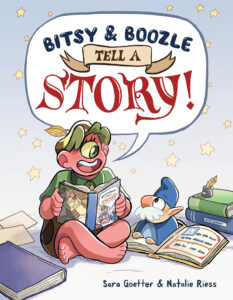
Bitsy & Boozle Tell a Story!
By Sara Goetter and Natalie Riess. Art by the authors.
2024. HarperAlley.
Gr. 1–5.
Bitsy, part of the Point-of-View family, uses a thrilling adventure—featuring places like “the town of Rising Action” and characters with names like “Mayor Dilemma”—to explain how to write a thrilling adventure! This playfully metaliterary comic will give aspiring writers plenty of tools for creating their own stories.
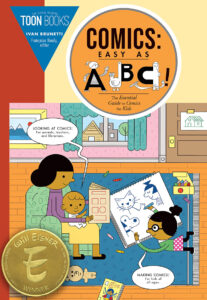
Comics: Easy as ABC!
By Ivan Brunetti. Art by the author.
2019. TOON.
Gr. 2–5.
Brunetti, whose crisp, iconic artwork demonstrates his mastery of the skill of cartooning, offers elementary schoolers an inviting but comprehensive crash course in making comics in this slim volume. The simplified forms, often composed of just shapes or letters, are easy to replicate, and the energetic tone will keep kids engaged and inspired.
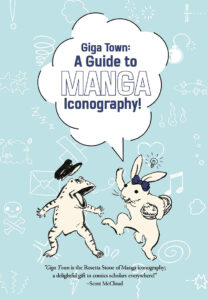
Giga Town: The Guide to Manga Iconography.
By Fumiyo Kouno. Art by the author.
2024. UDON.
Gr. 5–10.
While not as narrative-driven as some of these other selections, this guide to manga iconography is an essential tool for understanding—and re-creating—the visual language of manga. The four-panel strips featuring playful animals make it entertaining at the same time.

The Mighty Onion.
By Mark Crilley. Illus. by the author. 2024.
Little, Brown. Gr. 4–6.
Eliot is desperate to turn his million-dollar idea into a comic, but with no drawing skills of his own, he turns to shy classmate Pamela. Tussles over creative license and hard-won understanding of playing to each other’s strengths give useful insight into collaborative creativity, and Crilley’s amusing comics, which appear throughout this hybrid novel, add to the tongue-in-cheek tone.
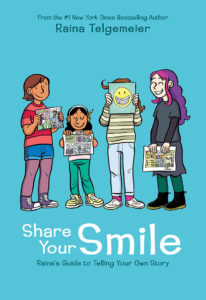
Share Your Smile: Raina’s Guide to Telling Your Own Story.
By Raina Telgemeier. Art by the author.
2019. Scholastic/Graphix.
Gr. 3–7.
While this is more of a workbook, with pages designed for writing and drawing, Telgemeier’s tips for finding inspiration for stories, guiding questions to help kids thinking about narrative components, drawing advice, and process guides for the stages of making comics will be useful sup- port for any DIY comics program.
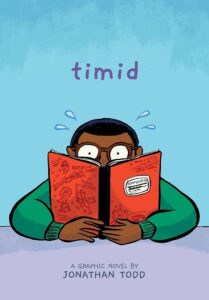
Timid.
By Jonathan Todd. Art by the author.
2024. Scholastic/Graphix.
Gr. 3–7.
Shy Cecil is used to his friends in Florida, but once his family moves to Massachusetts, Cecil has to learn how to make friends in an entirely new context—a bigger, majority-white public school. Todd thoughtfully shows how drawing comics helps Cecil make connections and find confidence to stand up for himself in this semi- autobiographical comic.
This article was originally published in Booklist Reader, the magazine for library patrons, from the American Library Association’s nationally distributed book review publication, Booklist.
Every month, Booklist Reader features must-read lists, author interviews, and top reading recommendations for adults, youth, and audiobook lovers.
Libraries can order print copies and share digital issues with a Booklist subscription. ALA members and Supporters of the American Library Association receive a free subscription as a membership benefit.
